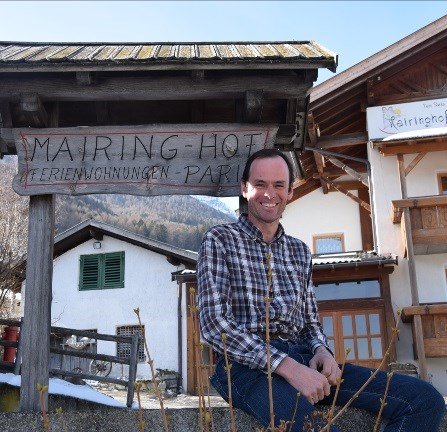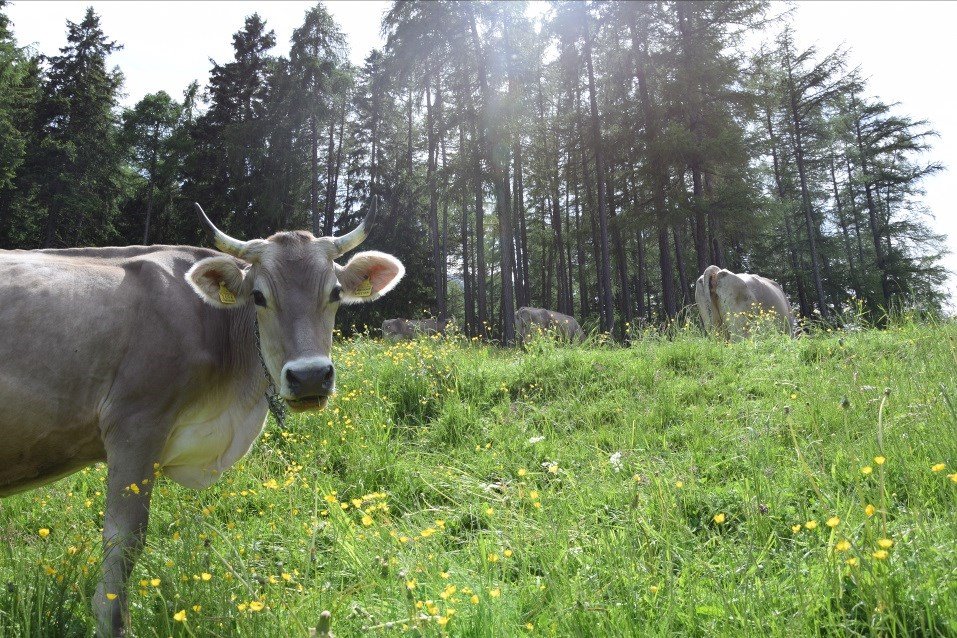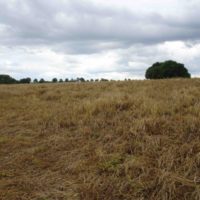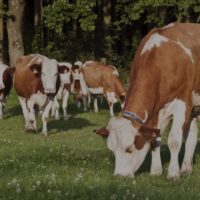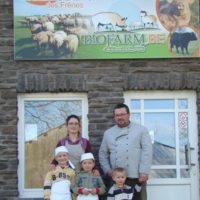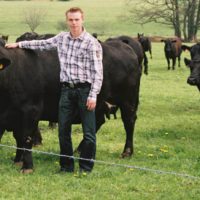Description
In 2003 the farmer took over the 8.2 ha farm from his uncle, in which he had lived with his family since 1996. The conversion to organic farming took place in 2010. Since 2011, certified organic milk has been delivered to the dairy.
The horned cows graze from May to mid-October on the contiguous grazing areas close to the farm buildings. In summer, the animals graze on the nearby woodland pasture, which is also used at night on the hottest days of July. In addition to grazing, the grassland areas are also mown twice a year. Due to the high forage quality, only a small amount of cereal mixture is provided to the animals. In order to give the cows access to open-air areas during the winter months, a staircase has been built in the original tie stall, enabling the cows to reach the open-air area located behind the stall.
The farm is based on milk production as well as on two other mainstays: farm holidays and organically produced vegetables. Vegetables are grown in a field for two years and then temporary grassland is established.
Reason for the innovation
- Grazing is a prerequisite for organic farming
- The farmer believes that animal welfare is improved by grazing; the milk production is satisfactory
- Reduction of labour required for forage production
Farm description
Environment
- Main soil types: sandy-loam
- Average altitude (m a.s.l.): 1450
- Average slope (%): 10 – 15
Grassland management
- Farming system: organic farming
- Grazing: Yes, partially combined with mowing
- Grazing management type:
- combination of rotational stocking, mowing and woodland grazing
- Length of the grazing period (months/year): 5.5
- Number of cuts on mown areas: 2 cuts/year
- Forage conservation type: hay
Structure
- Annual work units per year: 2.5
- Agricultural area (ha UAA): 7.1
- 6.7 ha pasture + meadows
- 0.4 ha arable area
Animal performance
- Breed name: Braunvieh, Original Braunvieh
- Total Livestock unit (LU): 14
- Average stocking rate (LU/ha): 1.9
- Average acquisition rate roughage: max. 5%
Why it is working
- Suitable conditions for grazing ( grazing-suitable breed, grazing areas close to the farm, shade in summer from woodland pasture)
- Due to the reduced milk yield, the reduced use of concentrates, the use of grazing land and field forage, few external inputs are necessary
- The change between vegetable and field forage cultivation results in good yields of the arable crops and a high quality of the green forage, which has also increased the milk yield
